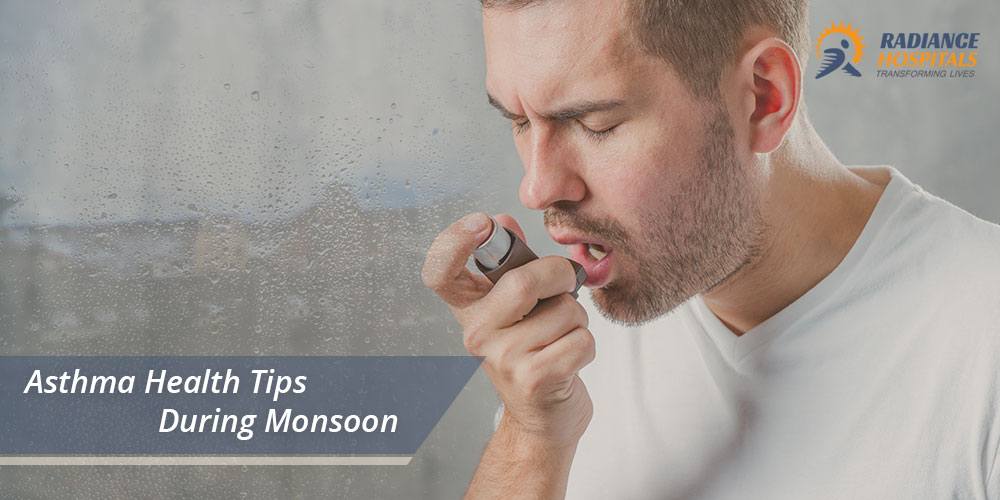After living with painful knees for far too long then you take initiative to go to an orthopedic specialist and figure out better options to put a stop to your knee pain.
As a part of practice, surgery is the next treatment option recommended by orthopedist Doctor
If you’re going under Joint replacement, it’s understandable to experience some concern about the process. But knowledge is power, and the more you know, the more you can take control of your healing. Here are some helpful do’s and don’ts post-Joint replacement surgery.
Get moving: Do your suggested exercises
The first 12 weeks after surgery require some hard work including knee exercises that present with some anxiety. Have you remember the saying, “If you want to be able to do, you’ve got to keep doing?” That’s the saying to keep in mind after a Joint replacement.
Do uplift your leg and use ice
Some swelling is normal for three months or more following Joint replacement surgery. Keep your leg uplift, and use an ice pack as directed to help control the swelling.
Do follow your physiotherapist’s instructions
You can expect to start moving by the end of the first day following surgery. You can start working with a physiotherapist who helps you stand and walk using a walker within the first 24 hours, explaining how you should exercise to get in and out of bed and a chair.
Working with your physiotherapist, you should meet these goals by the time you’re ready to go home from the hospital:
- Bend your knee properly well, to a minimum 90-degree angle, so you can go from a sitting to a standing position
- Dress and bathe yourself
- Use a walker or cane as prescribed
- Get in and out of bed and to the bathroom using a walker or cane
- Go up and down some stairs using an assistive device
At home, do the exercises prescribed by your physiotherapist every day. By the end of the third week, you may be able to transition to using a cane if you haven’t done so already.
Do your exercises for several months. Full recovery takes anywhere from three to six months and up to a year. If you’re diligent in doing your exercises and in using your knee (but not overdoing it), you can enjoy a faster and fuller recovery.
Don’ts following Joint or Hip replacement surgery
Taking necessary precautions after major surgery help you out ensure a good recovery. Following are some things you should avoid after undergoing Joint replacement surgery.
While in the hospital, don’t try to get out of bed by yourself. Ask for help, and take the time to properly learn how to use a walker or cane.
When at home:
- Don’t skip any of your exercises
- Don’t step on slippery floors without non-skid socks or shoes
- Don’t sit on soft sofas or chairs that you sink down into
- Don’t forget to use your walker or cane as prescribed
- Don’t get up at night without a nightlight on
- Don’t start driving until your doctor gives you the green light
If you need joint replacement surgery (Hip replacement surgery or Knee Replacement surgery), you may call or book an appointment with Radiance Hospitals, Nr. Vijay Cross Road, Ahmedabad.
- Related Articles
Hello Healthy: How to Deal with Asthma in Monsoon Season












